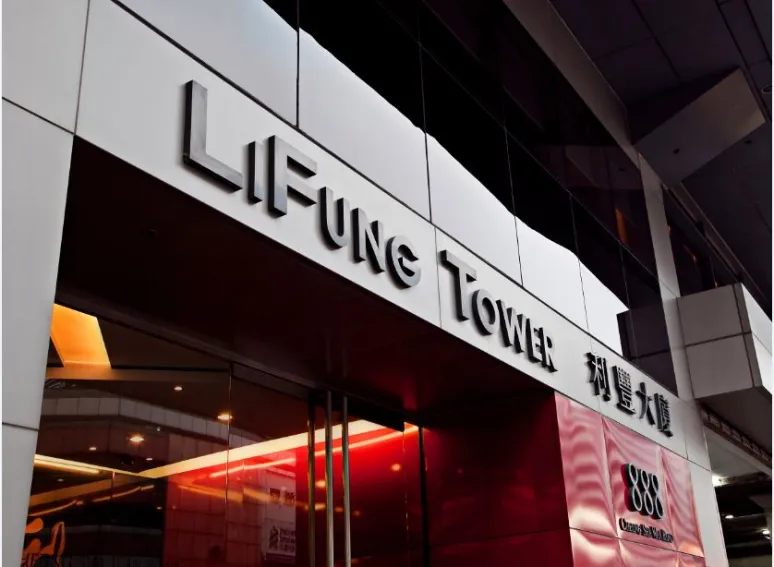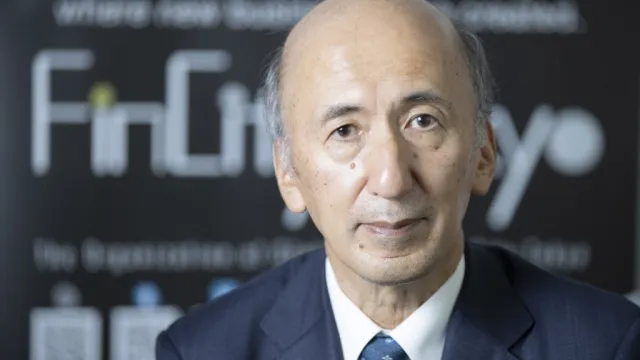
Li & Fung's revenue growth under pressure
Even if it's company's year of investment.
2014 is the year of investment for Li & Fung, but revenue growth of only 2% for its Trading Division remained a concern.
According to a research note from Barclays, it recognizes that 2014, being the first year of a new plan period, should see accelerated investments in building new teams and headcount as well as the infrastructure to support subsequent growth. However, Barclays expects revenue growth to be better than 2% for Sourcing.
Consequently, it lowered its EPS estimate for Li & Fung for full-year 2014 by 3% on the slower growth than what it had expected for 2014 as guidance is now for only moderate improvement in 2H14.
Here’s more from Barclays:
New CEO reiterated plan targets: What was important to us was the comment that the current plan targets are not stretched ones and that the senior management has stress-tested all key assumptions in considerable detail to get comfort that these targets can be met.
Clearly to us, revenue growth will have to be better than 2% in subsequent years to get to the target, and presumably new client wins, business initiatives and cross-selling efforts will have to work more forcefully to accelerate the top-line growth.
Nice reiteration of the core investment thesis: The restructured business appears better poised to grow and has a smaller balance sheet with better free cash flows and returns.
The investor focus will likely remain on organic growth and whether it high payouts will be maintained. DPS for 1H14 was left almost unchanged y/y at HK$0.13 vs. HK$0.15. The net debt fell by cUS$200m.
New customer wins continued, and e-commerce is helping the business rather than providing headwinds.
Risks and valuation: Our unchanged 12-month price target of HK$11 remains based on our target P/E of 21x applied to our EPS estimate for 2015.
We believe 21x is a fair target multiple relative to the company's potential growth given its strong ROE, free cash flows, dividend yield and low risk to its business.
The key downside risk, in our view, is whether management has the ability to achieve its stated three-year plan targets while the key upside risks include better revenue growth than we expect and margin improvement.
The key lag to any immediate outperformance is that no evidence of any progress on the development plan will be visible until 2H15.








![Cross Domain [Manu + SBR + ABF + ABR + FMCG + HBR + ]](https://cmg-qa.s3.ap-southeast-1.amazonaws.com/s3fs-public/styles/exclusive_featured_article/public/2025-01/earth-3537401_1920_4.jpg.webp?itok=WaRpTJwE)









 Advertise
Advertise


